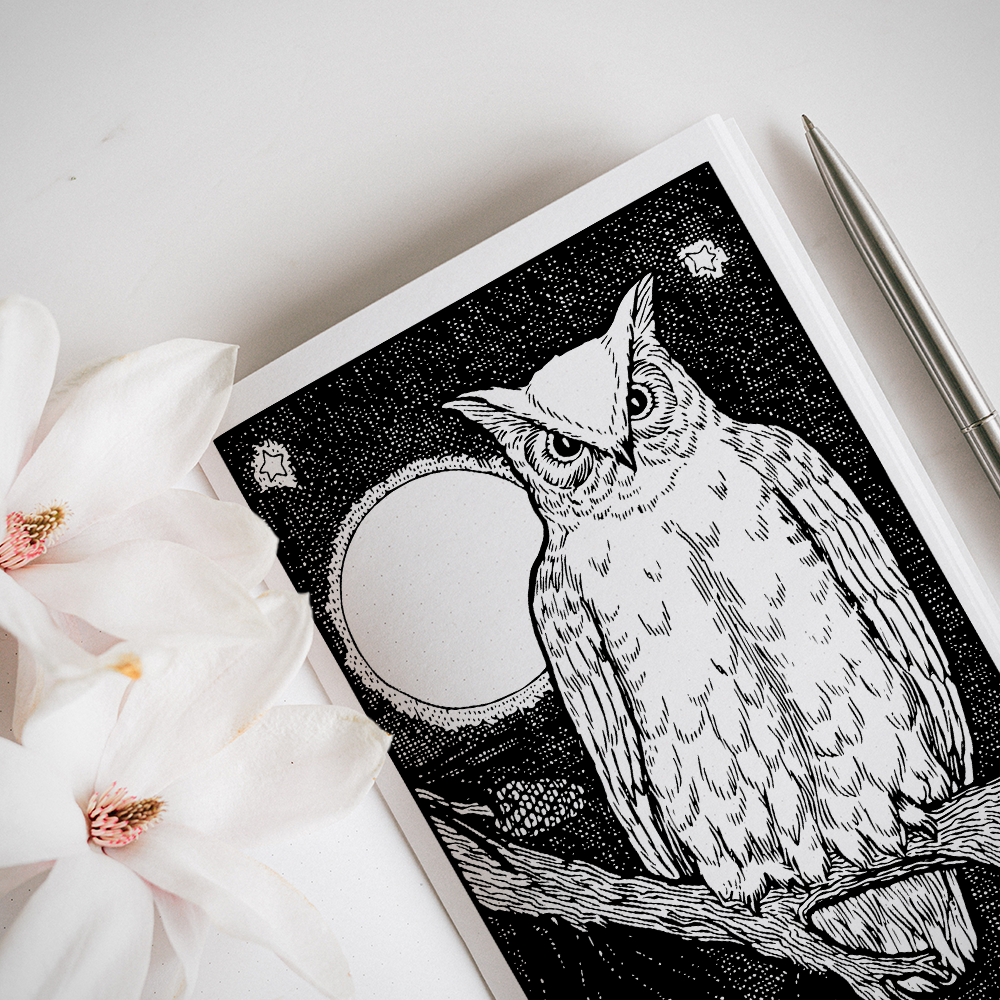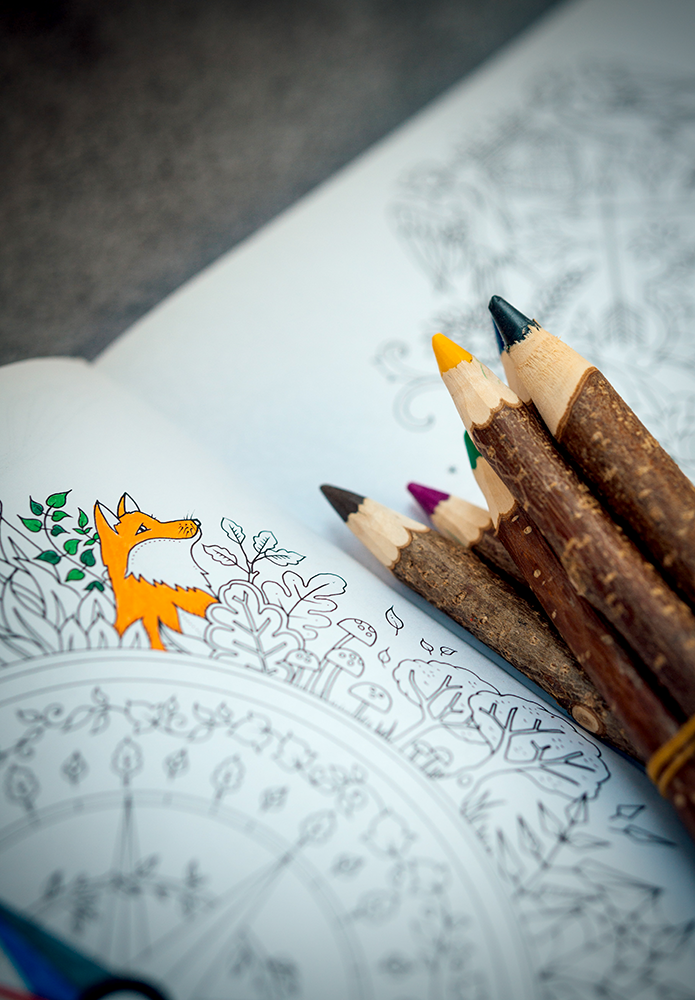Are you ready to transform your passion for art into a tangible treasure that others can enjoy?
Creating a coloring book is an exciting venture, but it's not just about the sketches and shades.
It's about claiming ownership of your creativity and ensuring it's respected across the globe.
Before you share your work with the world, it's crucial to understand the protective shield of copyright law that keeps your artistic integrity intact.
Let's explore the key components that every coloring book artist needs to know to safeguard their masterpieces and maintain control over their vibrant visions!
Key Takeaways:
- Understanding the importance of copyright protection for your coloring book can prevent unauthorized use and ensure you retain control over your creative work.
- The process of copyrighting a coloring book involves several steps, including creating original artwork, registering with the appropriate copyright office, and including a copyright notice on your title page.
- While copyright law varies by country, most countries recognize copyrights under the Berne Convention, providing a framework for international copyright protection.
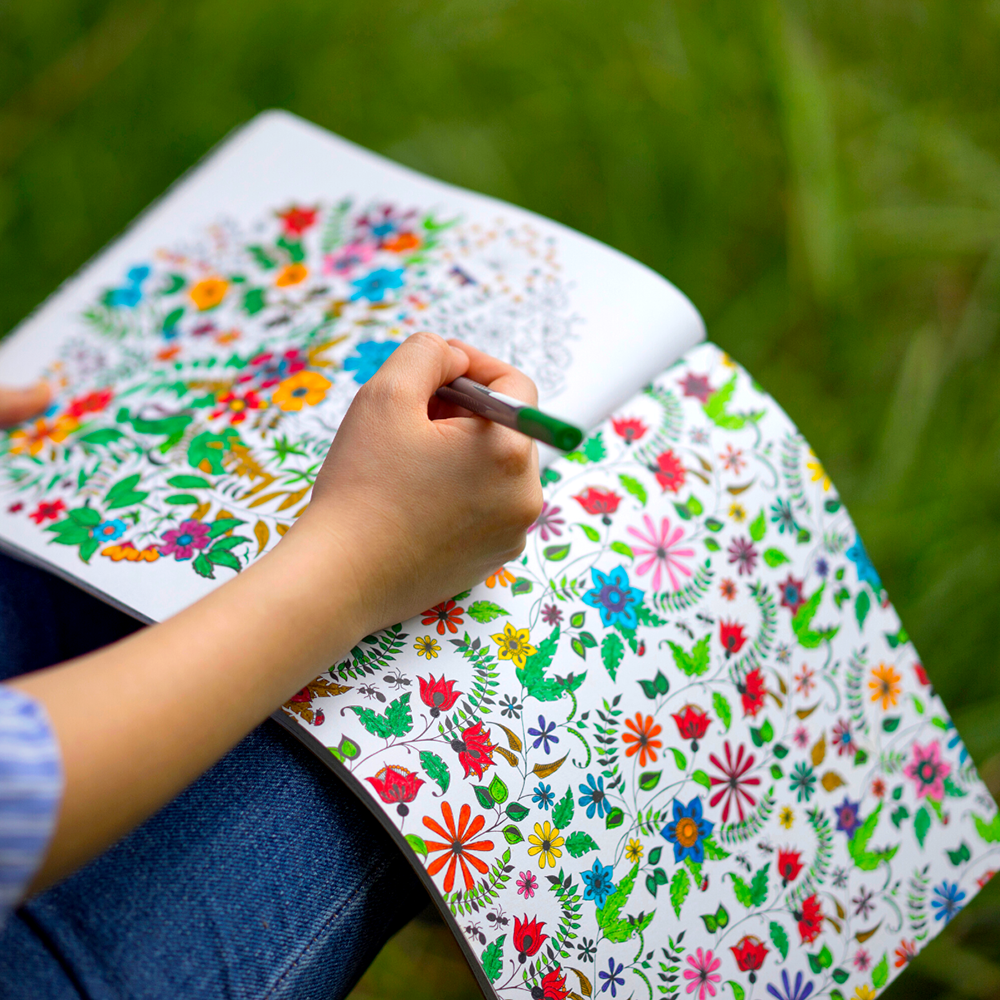

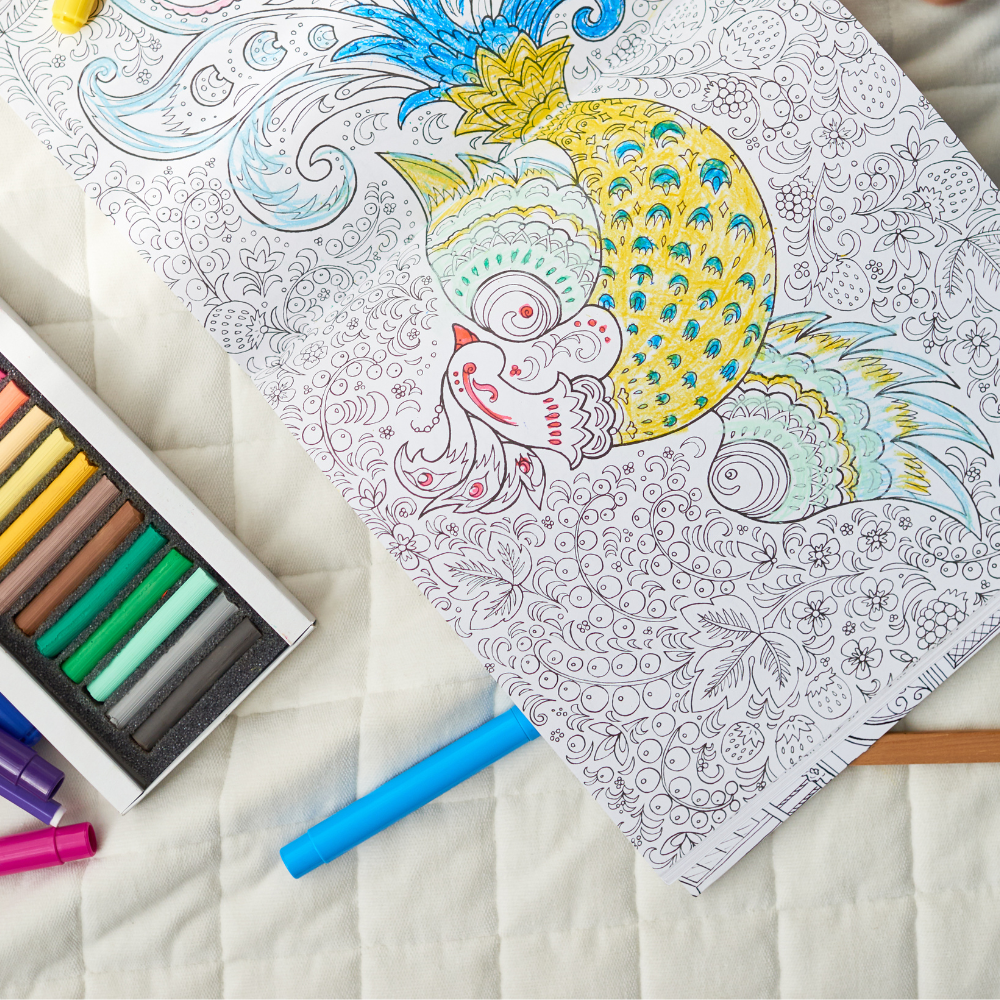
Essence of Copyright for Coloring Books
When you pour your heart and soul into creating an adult coloring book, you're not just making pages for people to color; you're crafting a piece of artwork that is uniquely yours.
The question then arises: do you need to copyright your coloring book?
The answer is a resounding yes if you want to ensure your creative efforts are legally protected.
Copyright protection is not just a formality; it's a shield that guards your work against unauthorized use and reproduction.
Copyright law in many countries, including the United States, is designed to protect original works of authorship.
This means that as soon as your drawings are put to paper and published, they are automatically protected under copyright law.
However, to fully enforce your rights and claim statutory damages in the event of copyright infringement, you must officially register your work with the relevant copyright office.
Registration Process
The first step in protecting your coloring book is to ensure that every element of your work is original and not derived from copyrighted material without prior written permission.
Once you've established that your content is original, the next step is to register it with an official registration system, such as the United States Copyright Office or the Electronic Copyright Office, depending on your location.
To register your coloring book, you'll need to complete a registration form, pay a fee, and submit a copy of your work.
This process provides a public record of your copyright claim and is crucial in the event you need to take legal action against copyright infringement.
It's a simple series of steps that solidifies your status as the copyright holder and can be done entirely online.
Why Copyright Protection Matters
Copyrighting your coloring book is not just about following legal protocols; it's about respecting and safeguarding your creative works.
Without copyright protection, your coloring book could be reproduced and sold by others without your consent, depriving you of potential earnings and control over your work.
By securing copyright, you ensure that your book is not freely available for others to exploit.
Moreover, copyright protection allows you to grant or deny permission to others who may wish to use your work.
Whether it's a company interested in publishing your book or an artist wanting to create derivative works, they must obtain your prior written permission.
This level of control is crucial for maintaining the integrity and value of your coloring book.
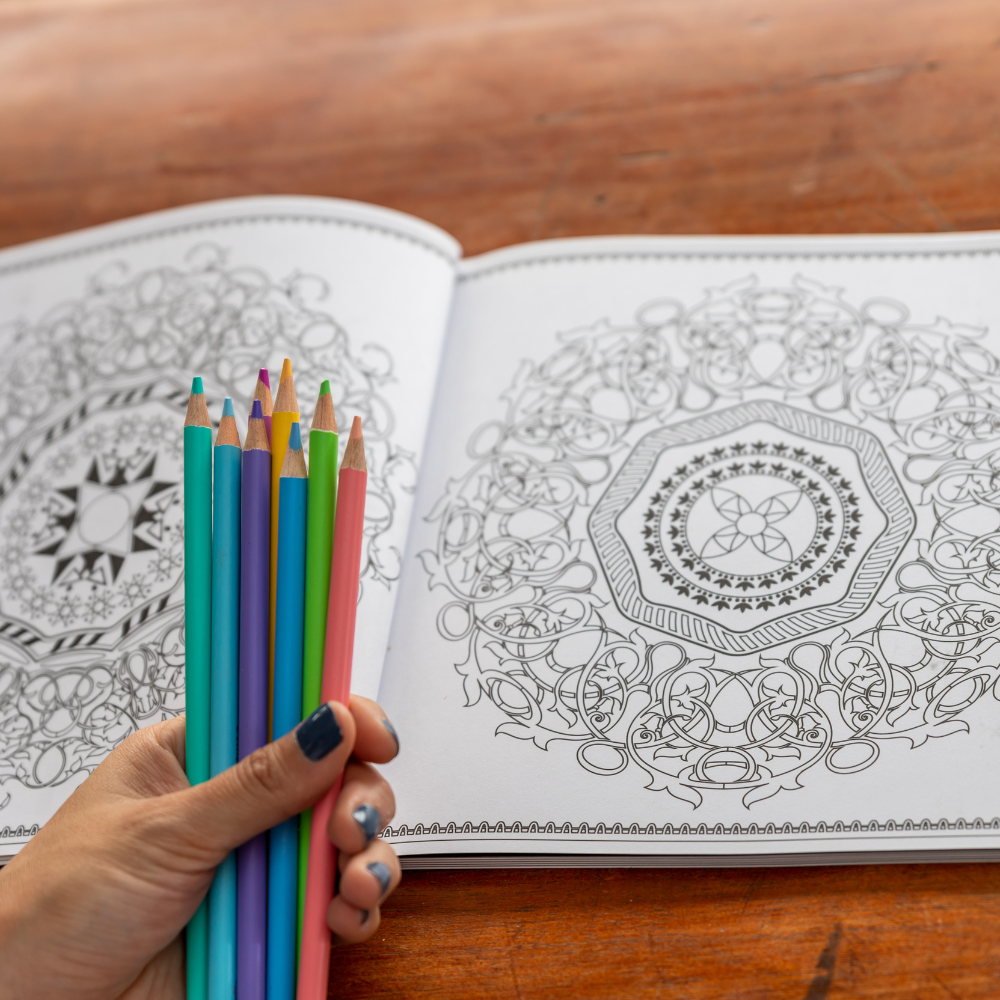

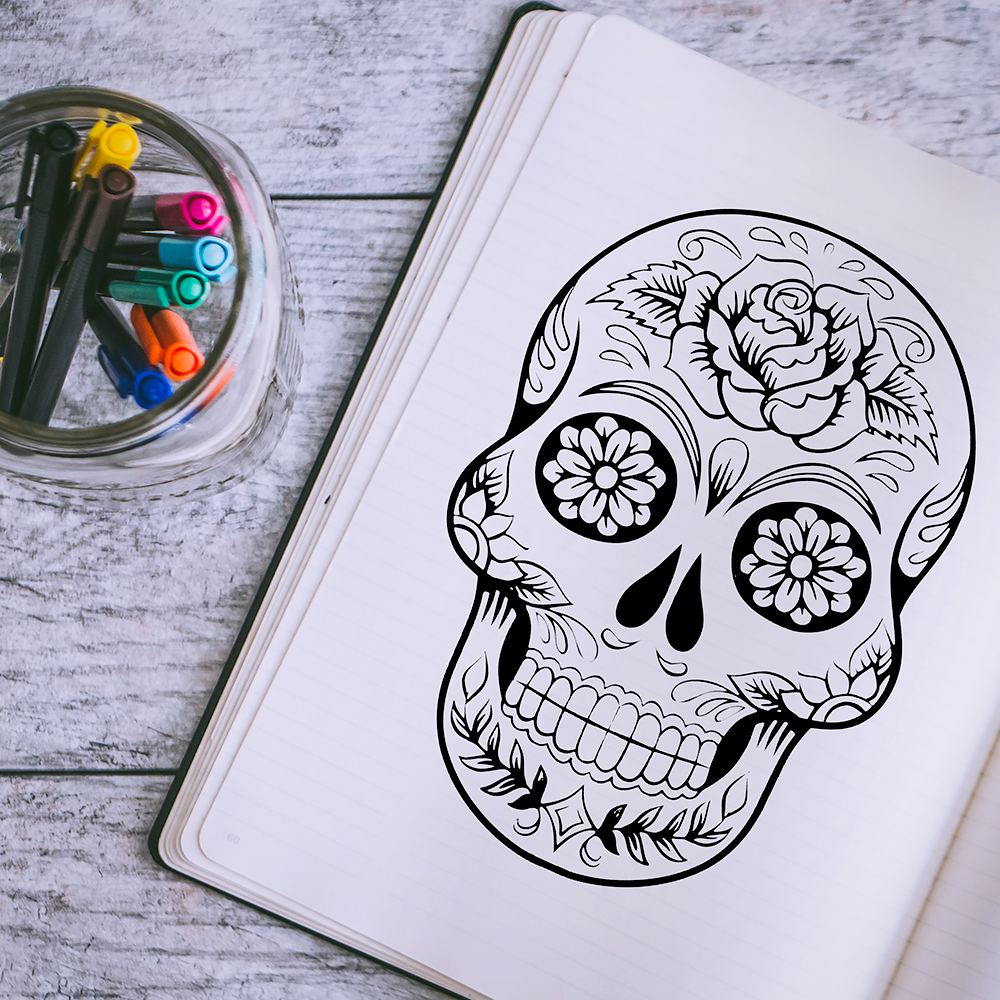
Understanding Copyright Law
Copyright law can seem daunting, but it's essential for any artist or publisher to grasp its basics.
In essence, copyright law grants legal protection to the creators of original works, including coloring books.
This protection is automatic in many countries, meaning that as soon as your work is created and fixed in a tangible form, it's protected.
However, to leverage the full benefits of copyright law, such as the ability to sue for statutory damages, you must officially register your work.
This step is particularly important if you plan to sell your coloring book, as it provides a legal basis to protect your financial interests and creative rights.
World Intellectual Property Organization (WIPO)
The World Intellectual Property Organization (WIPO) plays a pivotal role in the protection of creative works on a global scale, including coloring books.
As a specialized agency of the United Nations, WIPO administers international treaties concerning copyright and aids in harmonizing copyright laws across different countries.
For publishers and authors, understanding WIPO's framework is crucial for safeguarding their original work.
By adhering to WIPO's guidelines, creators can ensure their coloring books are recognized and protected in member states, which currently number over 190.
WIPO also offers a wealth of resources and services that can assist creators with copyright registration and enforcement.
Through its Arbitration and Mediation Center, WIPO provides alternative dispute resolution options for copyright-related conflicts, which can be more efficient than traditional court proceedings.
For more info on how WIPO can aid in protecting your coloring book, it's advisable to visit their official site and create an account to stay updated with the latest copyright news and resources.
Intersection of Copyright Act and Public Domain
The Copyright Act is a legal framework that provides creators with exclusive rights to their original work, including coloring books, for a specific period.
Once this period expires, the work enters the public domain, meaning it is free for the public to use without seeking permission.
For coloring book authors, it's essential to note the date of publication, as this often determines when copyright protection begins and, consequently, when it might end.
The life of copyright protection can vary, but in many countries, it is the life of the author plus a certain number of years, typically 50 to 70.
Understanding the transition of works into the public domain is vital for both creators and users.
Creators should mark the copyright date clearly on their work to ensure they receive credit for the full term.
Users, on the other hand, can explore public domain coloring books for inspiration or to republish without legal repercussions.
However, it's important to verify the copyright status and confirm that the work is indeed in the public domain before use.
For those looking to write or publish coloring books, a thorough understanding of the Copyright Act and its implications on the life cycle of copyright is indispensable.
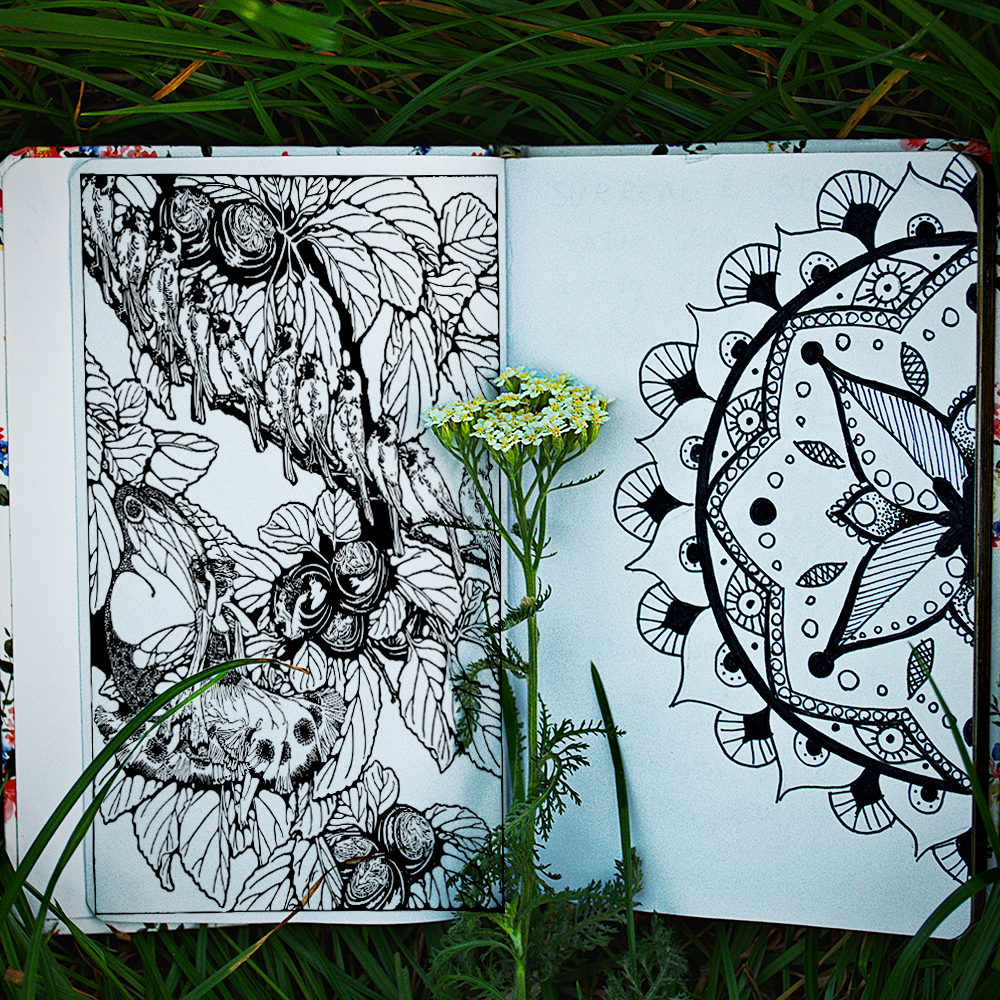

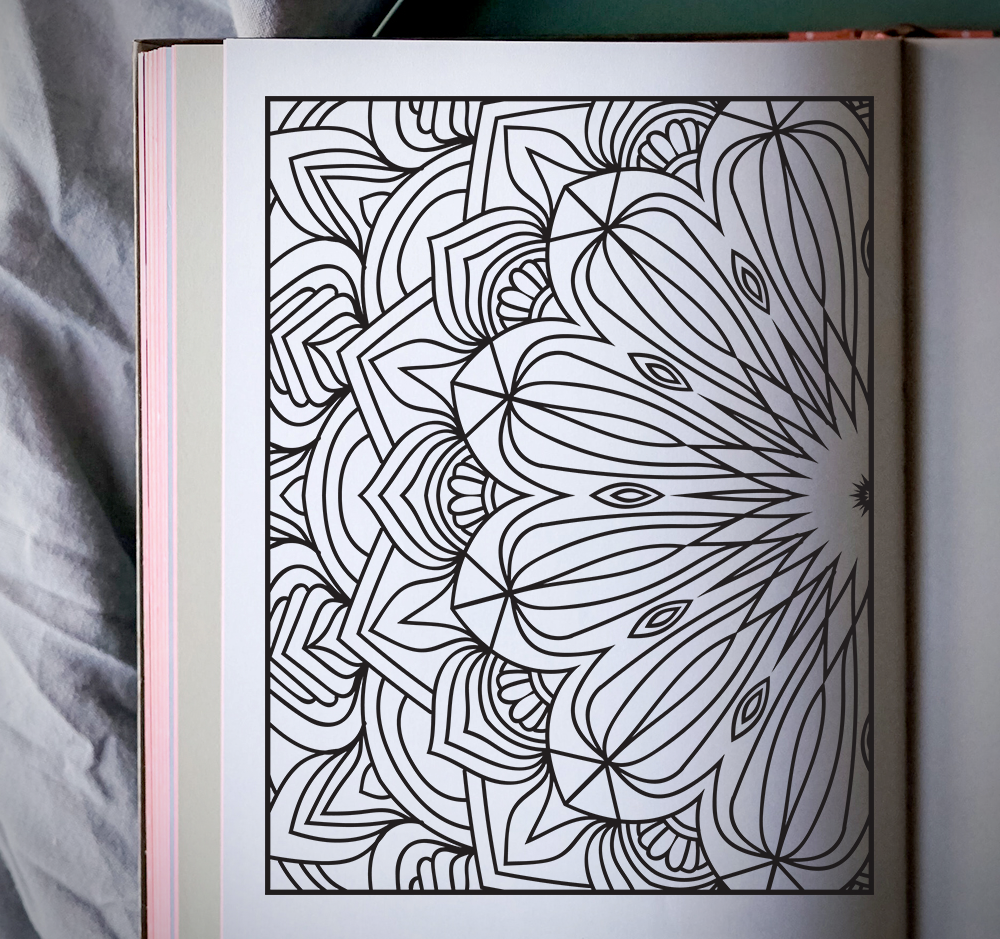
Role of the Copyright Page
One of the most critical pages in your coloring book is the copyright page.
This page should include a copyright notice, which typically consists of the copyright symbol (©), the year of publication, and the name of the copyright holder.
The copyright page serves as a clear statement of your rights and should be included in every copy of your coloring book that is published.
The presence of a copyright notice also serves as a warning to potential infringers that your work is protected and that any unauthorized use could result in legal action.
It's a simple yet powerful tool in the fight against copyright infringement.
International Copyright Protection
For those looking to publish their coloring books internationally, it's important to be aware of the Berne Convention.
This international agreement, which most countries are a part of, ensures that creative works are protected across borders.
Under the Berne Convention, copyright protection in one member country is recognized in all other member countries.
This means that if you copyright your coloring book in the United States, for example, your work will also be protected in other Berne Convention countries without the need for separate registrations.
This global network of copyright protection is invaluable for artists who wish to reach an international audience.
Fair Use: What You Need to Know
The concept of fair use is often misunderstood, but it's an important aspect of copyright law to comprehend.
Fair use allows for limited use of copyrighted material without permission for purposes such as criticism, comment, news reporting, teaching, scholarship, or research.
However, this does not mean that others can freely reproduce your coloring book under the guise of fair use.
Fair use is determined on a case-by-case basis, considering factors such as the purpose of use and the amount of the work used.
As the copyright holder, you have the right to challenge uses that you believe do not fall under fair use and to defend your work against infringement.
Taking Action Against Copyright Infringement
If you discover that your copyrighted coloring book is being used without your permission, you have the right to take legal action.
This can involve sending a cease and desist letter, filing a copyright infringement lawsuit, or seeking statutory damages.
It's important to act swiftly to protect your rights and prevent further unauthorized use of your work.
Legal action can be a complex process, and it's often advisable to seek the advice of an attorney who specializes in copyright law.
They can guide you through the necessary steps to enforce your copyright and ensure that your creative efforts are not exploited.
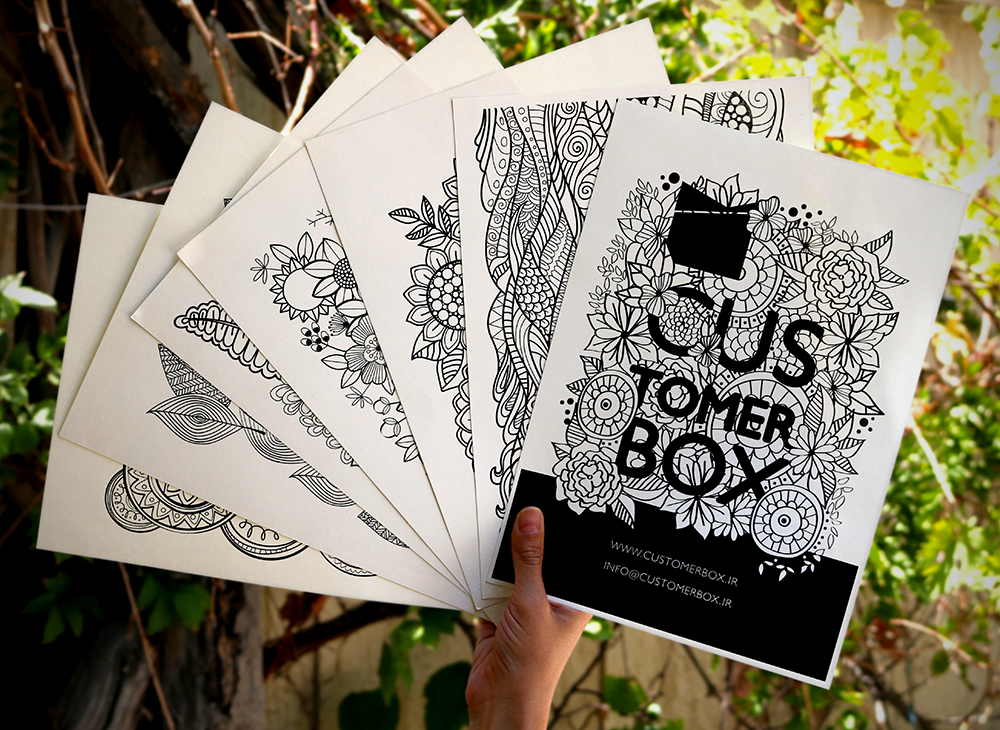


Digital Age: Copyright and the Internet
In today's digital age, it's easier than ever for works to be shared and distributed online.
This presents both opportunities and challenges for copyright holders.
While the internet can help you reach a wider audience, it also increases the risk of copyright infringement.
To protect your coloring book online, consider using digital rights management (DRM) tools or watermarking your pages.
Additionally, regularly monitor the internet for unauthorized copies of your work and be prepared to take action if necessary.
Seal Your Artistic Legacy with Confidence
Taking the reins on copyrighting your coloring book is not just a smart move—it's an essential one for any artist who values their creative expression.
By demystifying the legalities and embracing the protection that copyright law offers, you can focus on what you do best: bringing color and joy to the world through your art.
With your work securely under the umbrella of copyright, you can release your coloring book into the wild with confidence, knowing that your vibrant visions are legally recognized and protected.
Remember, your art is a reflection of your unique spirit and hard work; give it the respect and security it deserves.
And while copyright protection is automatic in many countries, official registration is necessary to fully enforce your rights and claim statutory damages.
Whether you're an artist or a publisher, taking these simple steps can provide peace of mind and legal protection for your coloring book.
Now, go forth and let your coloring book leave a lasting, protected imprint on the hearts and minds of colorists everywhere!
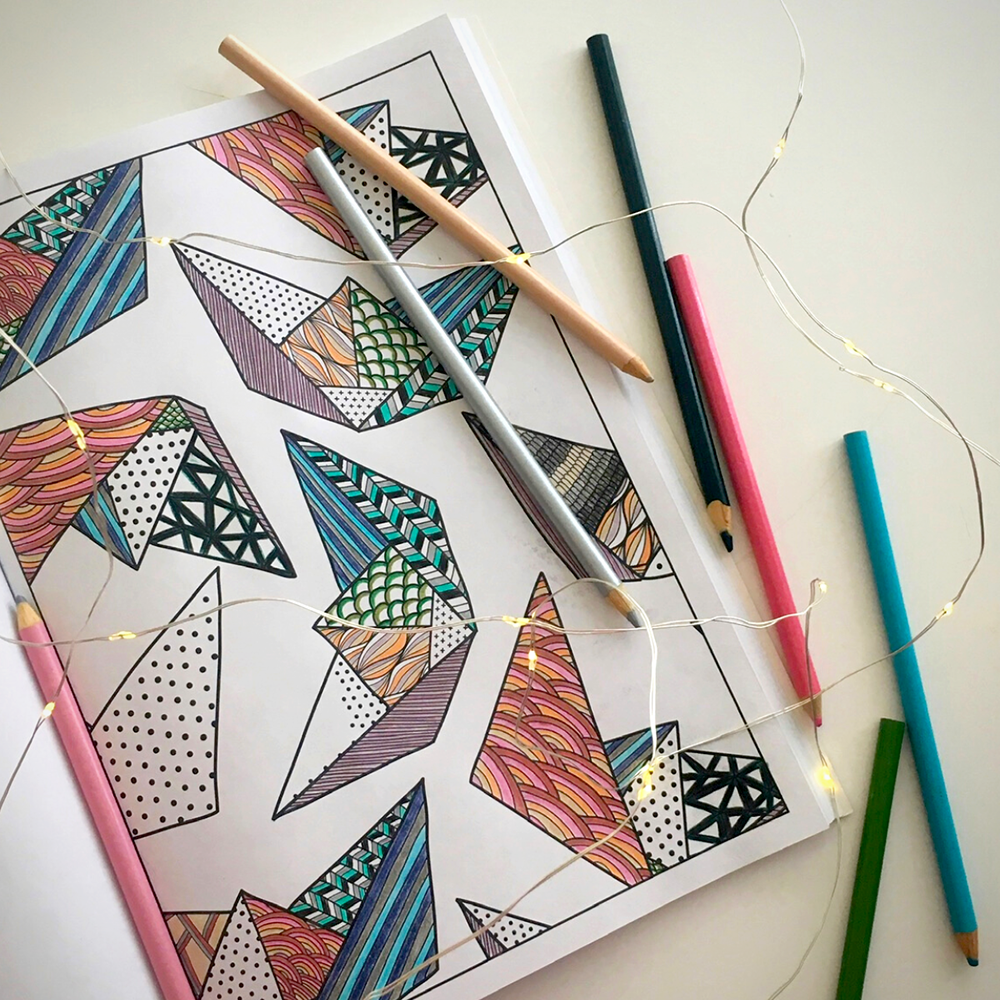


Coloring Book FAQs
Embarking on the creative journey of designing a coloring book is not just an artistic endeavor but also involves safeguarding your masterpiece.
As you breathe life into each page with intricate designs and patterns, it's crucial to understand the legalities that protect your work.
Whether you're a seasoned artist or a newcomer to the world of coloring books, you're bound to have questions about copyright protection and the steps you need to take to secure your intellectual property.
Let's delve into some of the most frequently asked questions that can help you navigate the complexities of copyright law and ensure that your coloring book remains exclusively yours.
Do I automatically have copyright protection for my coloring book once it's created?
Yes, in most countries, your coloring book is automatically protected under copyright law as soon as it's created and fixed in a tangible form. However, for full legal protection and the ability to claim statutory damages, you should officially register your work.
How do I register my coloring book for copyright protection?
To register your coloring book, you'll need to complete a registration form with the appropriate copyright office, pay a fee, and submit a copy of your work. This can typically be done online through the official website of the copyright office in your country.
Can I take legal action if someone uses my copyrighted coloring book without permission?
Yes, as the copyright holder, you have the right to take legal action against anyone who uses your copyrighted work without permission. This may involve sending a cease and desist letter or filing a lawsuit for copyright infringement. It's advisable to seek legal advice to navigate this process effectively.



Looking to create your own coloring books and sheets now that you know more about copyrighting? Check out Make Money at Home with Lisa Michele's video!
Want even more content about creativity and art?
Be sure to check out all of our creative chronicles!
Love coloring books and want to find your next favorite?
Check out some of our other articles:
-Can I turn my pictures into a coloring book?
-What is the best format for a coloring book?
-Is making a coloring book profitable?
